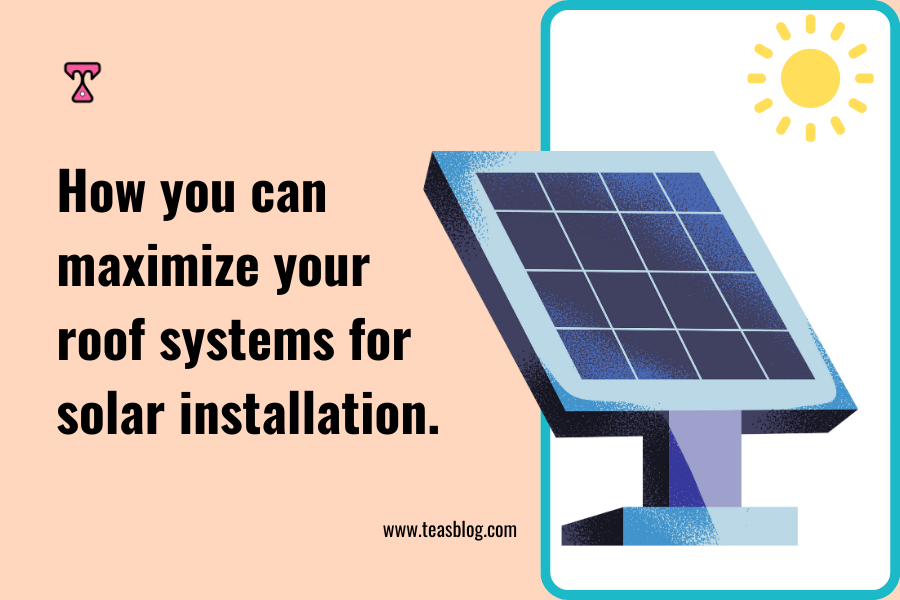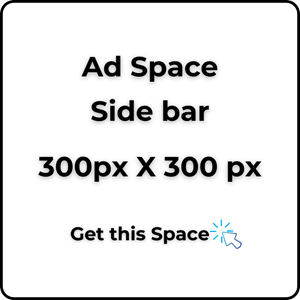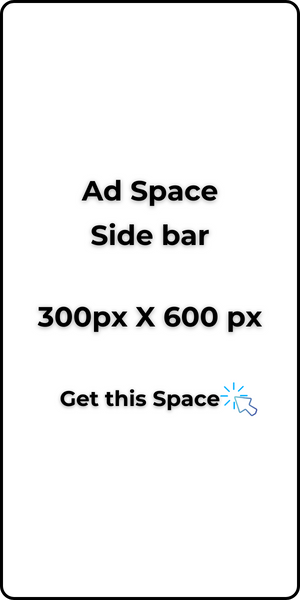The most famous building roof types are gable, hip, lean-to, flat, butterfly, curved, dome, mansard, and concrete roofs. See the pictures below for clarity.

- Roof type_©https://www.cupapizarras.com/int/news/10-types-of-roofs/
In a tropical climate like Nigeria, “with about 7 months of heavy rains during the rainy season”, according to the World Bank Group; a flat roof system (1800) is not a good option. The cost of roof installation increases daily and the gradual switch to renewable energy is gaining ground.
Most residential homes and other buildings are using rooftops for solar panel installation for two major reasons. This is to take advantage of all solar angles and also to reduce robbery.
In using energy gotten from solar panels, you may have noticed that the rate at which your solar batteries get fully charged reduces over time. One thing to consider in solar panel installations is that there is a need to make provisions on how to clean the surfaces of these panels, once every year.
This is why the installation of solar panels on roofing sheets for buildings above bungalow heights (without a maintenance approach), is not the best for maximizing solar energy potential.
Our maintenance culture is quite poor and it’s always advisable to make services and approaches to maintenance, an easy task.
Recent trends in types of roofs have gone from the high-pitched, 6 metres roof, to a very low-pitch roof, covered on all sides with walls. From a roof angle of over 30 degrees to barely 5 degrees, you will wonder at the speed at which rainwater flows off the roof and if there are no leakages, especially at the joints where roof nails were used.
Look, at this building located in Enugu. It’s occupied by a financial institution. Turn your attention to the roof design. It’s a roof made of concrete, surface-coated with bitumen oil. The roof design took the shape of a Hip roofing system.

- An Existing Concrete Hipped roof in Enugu
Consider a concrete (gable or hip) roof for that low-pitched roof. The concrete thickness for the roof is not the same as your regular floors that carry unmeasurable live and dead weight.
During the roof design on paper, the solar installation agent will determine the number of panels required to operate the equipment you want to connect to the inverter and the corresponding weight. This gives the concrete thickness that will carry the panel load.
Ensure that there is a manhole prepared by the carpenter before concreting; it’s used to access the rooftop for maintenance purposes. For the concrete surface exposed to the air, here are some things you can do.
- Use your regular cement for the concrete mass and finish the concrete surface with coats of the Bostik Cementech C1 Duo paint or bitumen to protect the concrete from absorbing water and install your panels directly on the concrete. If you are in Nigeria, you can contact them here. They are located in Abuja, Nigeria.

- Bostik Cementech C1 Duo_©https://www.bostik.com/egypt/en/product-finder/product/construction/emea/egypt/product-bostik-CemenTech-X/
- Use axion waterproof cement for concreting and install your solar panels when the concrete is dry.
Benefits of concrete roof:
- Limits access to robbers from rooftops.
- Reduces heat accumulated on the ceiling level. This heat causes condensation when using your air-conditioning unit. When this occurs continuously, it wears out your ceiling materials.
- Long-lasting and durable.
- No issues with leakages.
For bungalow buildings, you could also do the above or the usual roofing sheet top. Maintenance will require you to hire ladders and probably a professional to help you do this. You may not know the safety measures for staying on top of a roof without slipping off.
Clients with commercial plots should utilize the advantages of concrete roofing for their buildings. This saves costs for your tenants in designing ceiling burglary proofs to protect their products from robbery. On your part, as the building owner, it protects your building from potential damages caused by tenants seeking to protect their goods.
Also, in solar installations, windows facing the sun’s direction and path can also be utilized for harnessing solar energy. Consider using panel fills in your windows, instead of glass fills.
In maintenance on the roof, the ducting system already used to connect your plumbing works should service this rooftop. A simple continuation of the water supply pipe to the rooftop provides the water needed.
Due to variations in product type, at first-time installation, inquire from your solar installation agent how to clean your panels and how often you should do so; whether soap and water are required or just plain water.











